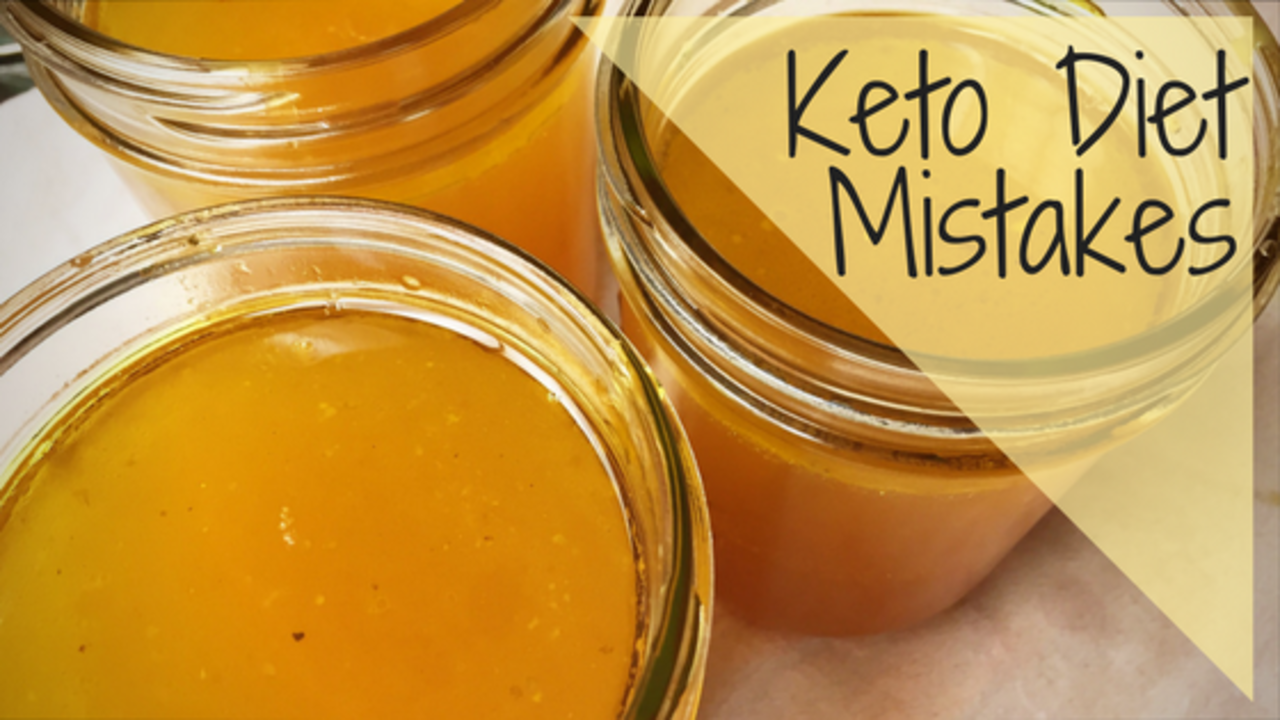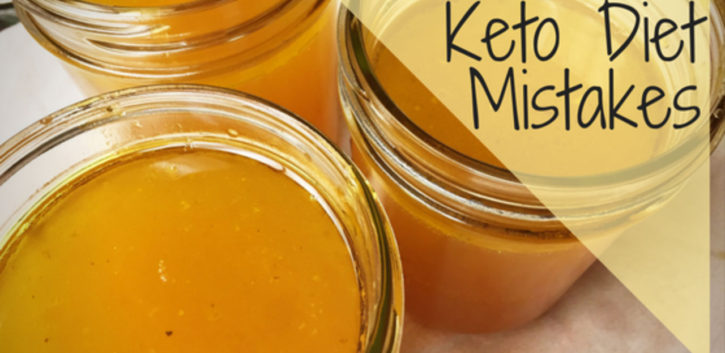 The ketogenic diet is a way of eating that is high in fat, moderate in protein, and very low in carbohydrates with a goal of ketosis. Check out my Keto 101 blog post for more details on a ketogenic diet. If you’re currently eating a keto diet or have in the past, take a look at the common mistakes people make when eating keto. A few of these may surprise you, especially number five!
The ketogenic diet is a way of eating that is high in fat, moderate in protein, and very low in carbohydrates with a goal of ketosis. Check out my Keto 101 blog post for more details on a ketogenic diet. If you’re currently eating a keto diet or have in the past, take a look at the common mistakes people make when eating keto. A few of these may surprise you, especially number five!
Top 6 Mistakes
1. Not eating enough greens & veggies
Since fat is the star on a ketogenic diet, vegetables tend to get pushed aside. Leafy green vegetables like spinach, kale, swiss chard, mustard and turnip greens have a lot to offer! Yes, they do have some carbs, but very few and most of which are fiber. They are loaded with vitamins, minerals, antioxidants and phytochemicals to help the body function at an optimal level.
They also provide an array of amino acids and electrolytes.
2. Not getting enough electrolytes or staying hydrated!
Electrolytes like sodium, potassium, and magnesium help hydrate our bodies on a cellular level. You can drink water all day long, but if your electrolytes are imbalanced you won’t be properly hydrated. Many people reach for electrolyte supplements, and there are some good ones out there, but my advice to you is to reach for food first! Electrolytes are found in leafy greens (like the ones listed above… so get your green on!), celery, artichokes, lemons, pumpkin seeds, avocados, cacao, almonds, and white mushrooms to name a few. Drinking adequate amounts of water + electrolyte balance = hydrated cells!
3. Eating highly inflammatory foods
Eating a ketogenic diet is a great way to start experimenting to determine which food are inflammatory to you. If you were to google keto recipes, you would see loads of recipes with cheese, cream, heavy whipping cream and so on. If dairy doesn’t cause you any issues, then these recipes won’t cause you any problems, but dairy is a common inflammatory food for most people. A good place to start experimenting is with foods that commonly cause inflammation like dairy, processed foods and sugary snacks by eliminating them while eating keto then add the suspected foods back into your diet one by one to see if issues arise.
4. Too much protein
A ketogenic diet is not a high protein diet. It’s a moderate protein diet. If an excessive amount of protein is consumed, the body will convert the excess protein into glucose which could potentially make it harder to reach or maintain ketosis. So, heavy protein meals and snacks are not recommended keep the primary source of energy is fat with a little protein.
5. Omitting carbs completely
Everyone’s carb threshold is different, and some people can remain in ketosis with upwards of 50 to 100g of carbs a day. Experiment with carbs and see what works for you. The source of the carbs matter. So stick with whole food carbs from fruits and vegetables.
6. Not cycling carbs
In my opinion, the keto way of eating is not intended for the long term and should not be continued for long amounts of time.
Instead, you should cycle your diet by putting carbohydrates back on the plate for a period of time. Incorporate wholesome carbs on a days when you are more active. You can always cycle keto eating back into diet if you want to get back on track after a long vacation or want to experiment with testing inflammatory foods.
If you find yourself giving the keto diet a try, avoid these common mistakes and enjoy the way you feel!
Questions about the Keto diet? Post them below!
